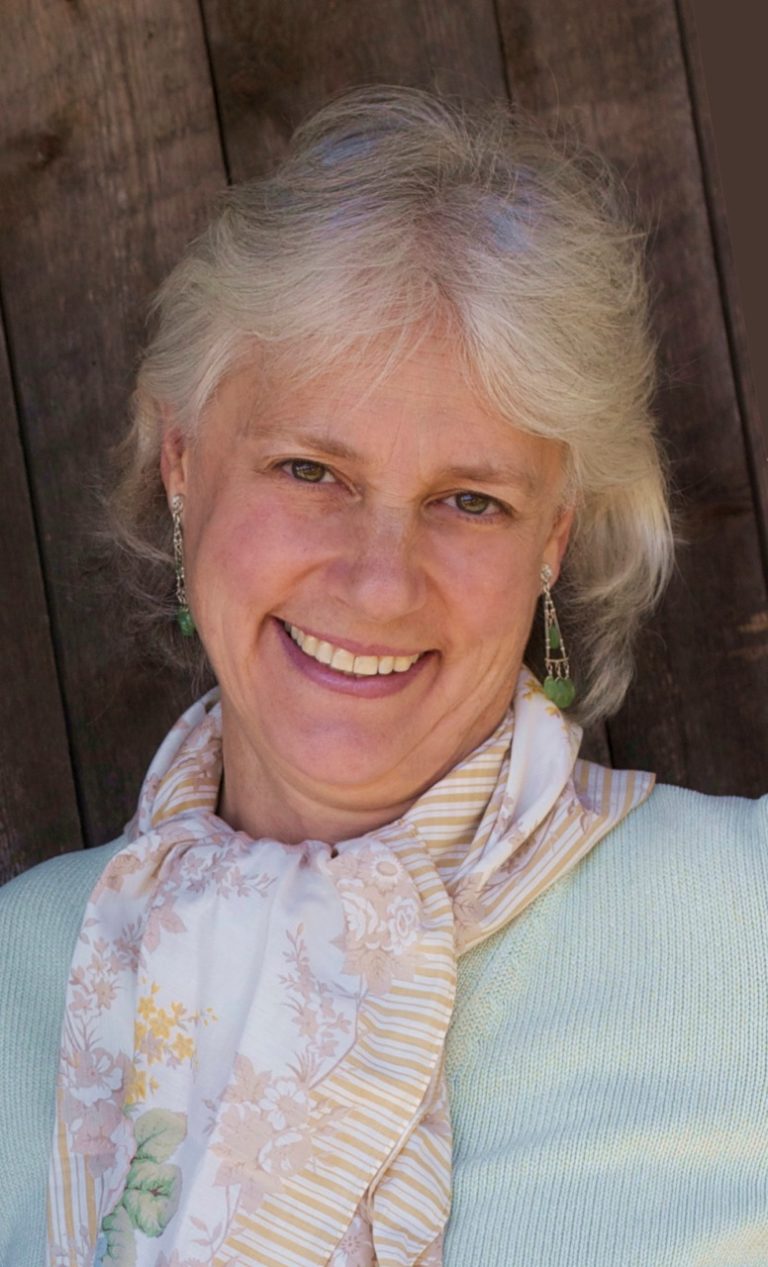
By Patti Wood
I live on a 90’ X 100’ piece of land. Most of it is taken up by my house, detached garage and driveway, but I try to utilize the remaining space for vegetables, fig trees and berry bushes, as well as native shade trees and two native flower gardens to encourage pollinator insects and birds. It’s actually amazing how much a little piece of land can produce if you use the growing calendar for your guide and do successive planting.
But I can’t take all the credit! We have farmers in the family and neighbors who have shared their expertise (and plants) over the years. I even have mint from my grandfather’s garden in Holland, Mich. My mother carefully dug it up and put it in wet newspaper for the long car trip home one summer in the 1960s. It survived! And if you know mint, it grows well in almost any soil and so shows up everywhere if you’re not careful to keep it contained. I pick some every morning and add some dried hibiscus flowers for a great tea to drink throughout the day.
I have always had several pots of herbs that I plant early in the spring which provide me with fresh and fragrant garnish for cooking until frost. I take some of them indoors for the winter, putting them in a sunny window to extend that wonderful convenience.
Figs, fabulous figs. Growing figs is relatively new for me. A neighbor who has since moved away brought a fig cutting home from a trip to visit his family in Croatia. It also survived the trip and has become an enormous fig tree located on our property line with delicious green figs setting twice a year. The best way to eat them is right off the tree – if you can get them before the birds. I have advanced to propagating more figs trees by air rooting, a fairly simple process with good success.
On my back porch I have two fig trees in pots from last summer and now have four more making roots for this year. I give them away, wanting others to enjoy the pleasure of owning your very own fig tree. Figs do need to be protected from the cold, so you can wrap them in burlap or as I did one winter, wrap them loosely and fill with leaves for insulation. Both methods worked well.
Since I mentioned leaves and the fall season is upon us, I want to encourage homeowners to save their leaves. You can do this several ways. First, start a compost pile. It can actually look very respectable if you purchase a wooden version with slatted sides or an enclosed plastic compost barrel. I try to avoid plastic whenever I can, so I have a three-sided compost with cement blocks turned on their sides that are surrounded by a nice fence. Keeping neat piles of leaves around the roots of shrubs is also protective for the plants during the cold winter months.
Leaves decompose rather quickly and turn into wonderful rich compost to add to your vegetable garden or planting beds. You can also add some vegetable kitchen scraps, a little soil once in a while and other soft cuttings, including grass, to make it a proper compost pile. Nature provides us with a much better product with which to enrich our landscapes than what you get at Home Depot.
You can also just grind up your leaves with a mulching mower and watch as they disappear into the soil. A study by Michigan State University shows that mulching is 100 percent beneficial for your lawn. Mulched leaves are decomposed by earthworms and microorganisms and turned into plant-usable organic matter. Mulched leaves are better for our local environment as well, because they stay on-site and out of our landfill.
Seeing the lineup of black plastic bags filled with leaves in our neighborhoods is very disheartening. With emerging information about the hazards of plastic in our environment and its eventual impact on our air, water and food, use paper bags if you must throw your leaves away. If you don’t maintain your own lawn and are not keen on home composting, ask your landscaper to use the heavy duty paper leaf bags. It’s one of those simple things you can do “to save the earth.” Some communities prohibit the use of plastic bags for leaves. We should do that.
I am also beginning to think about my two cold frames and what to seed or transplant into them when the weather turns cold. I have had good luck with greens of all sorts and we usually have enough to eat until we can plant again in early spring of the next year. If it is predicted to be really cold for any length of time, we put a single 60W incandescent bulb in each of the cold frames to keep it just warm enough so the plants don’t freeze. It doesn’t sound like it would work, but it’s just enough heat to keep everything alive.
And I leave the best for last…maintaining my own personal tree farm. Without our help, but doing their job with help from the wind, the sun and soil, tree seedlings appear in flower beds, under trees and even in my permeable, aquifer-friendly river gravel driveway. I carefully dig them up and put them in pots with lots of leaf mold for nutrients and watch them grow. When they are around 6 feet I can transplant them around my property, give them to friends or arrange a home for them in a park or street tree bed. Planting a tree is truly a gift to the earth.






